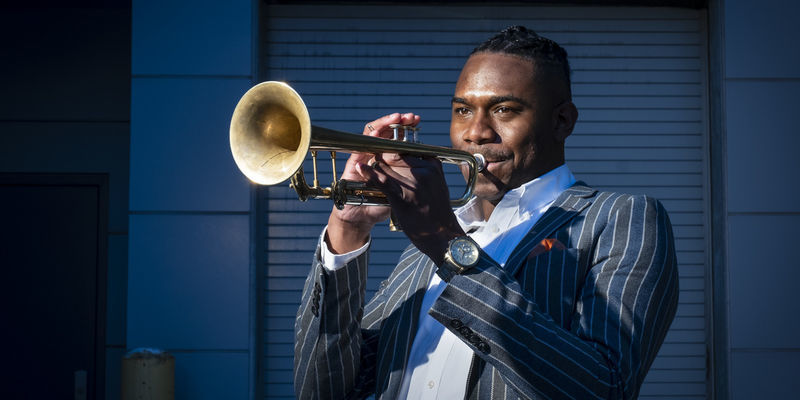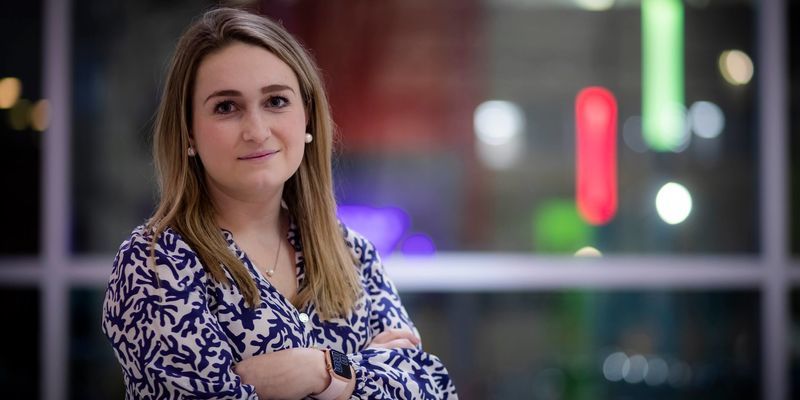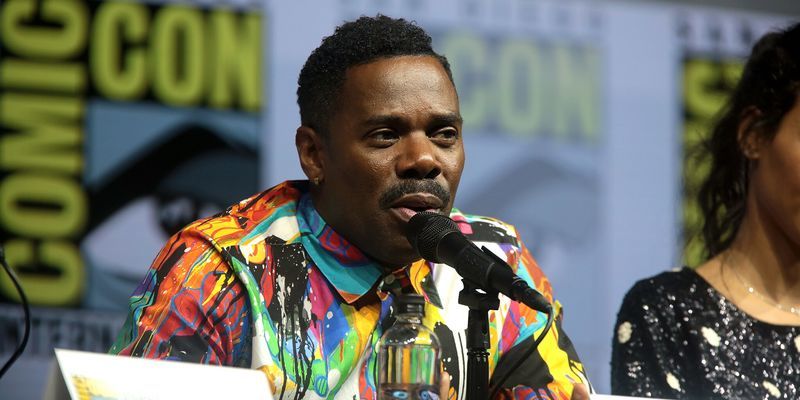Making music that matters
Boyer College of Music alum Steve Weiser helped navigate the Erie Philharmonic through uncertain times, and now, the organization has arguably never been more successful.
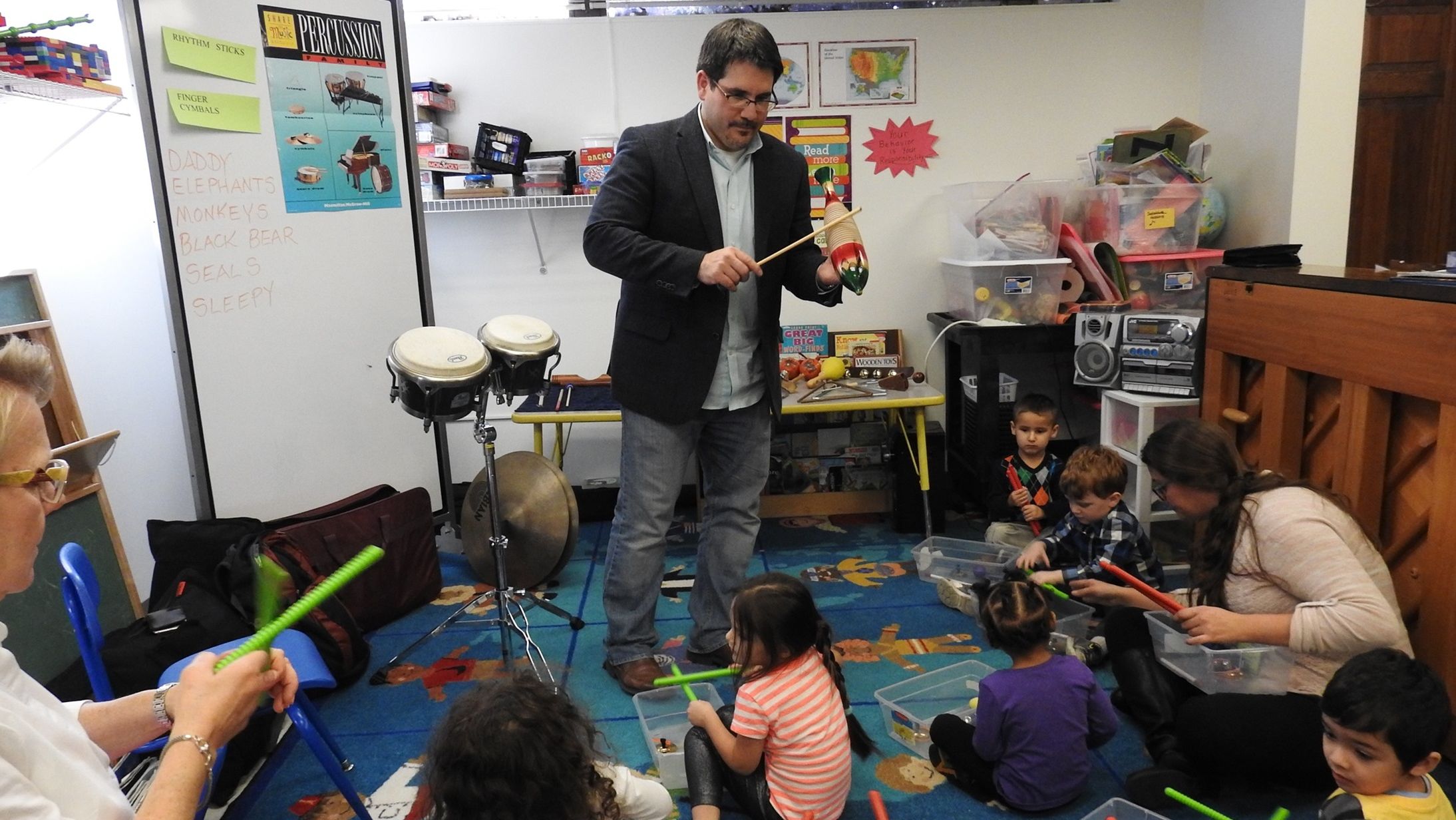
When Steven Weiser, BYR ’02, ’04, was a young, aspiring percussionist in his teenage years, he began to research the perfect music school where he could further hone his craft.
All the obvious choices—the Juilliard School, Berklee College of Music and New England Conservatory of Music—were on the list. Yet, as he learned more, he knew there was only one destination for him to spend the next several years of his life: Temple University and the Boyer College of Music and Dance.
“At the time, Mr. (Alan) Abel was teaching at Temple, and he was basically Yoda in the percussion world. Everyone’s dream place on the planet to go if you were interested in percussion was Temple, because Mr. Abel taught the teachers at Juilliard and the Conservatory. So, why go study with them when you can study with Yoda himself, and Yoda just happened to teach at Temple,” Weiser said.
For the next six years, the Reading, Pennsylvania, native would study alongside Abel as he earned both a bachelor’s and master’s degree in music performance, with a focus in percussion. And while the force may not be strong in Weiser, the drum certainly is. He has continued to beat that drum as he has carved out an incredibly successful career for himself in the classical music industry.
Today, Weiser is the executive director of the Erie Philharmonic, the professional orchestra in Erie, Pennsylvania, which is the fourth-largest city in Pennsylvania. It is a role Weiser has held since July 2015, and the organization has flourished under his leadership. The Philharmonic has doubled its budget from $1.5 million to $3 million since Weiser’s arrival, and it sells out every concert it holds in the 2,500-seat Warner Theatre.
It has been quite the ride for Weiser, and it has not always been easy.
The turning point
 In the summer of 2015, Weiser was approached by members of the Erie Philharmonic’s board about the executive director opportunity. At the time, Weiser was serving as general manager of the Erie Chamber Orchestra, the classical music arm of Erie’s Gannon University, and also playing percussion in the Erie Philharmonic on weekends. He had relocated to Erie to take the chamber orchestra job after operating a private teaching studio in Reading for nearly eight years.
In the summer of 2015, Weiser was approached by members of the Erie Philharmonic’s board about the executive director opportunity. At the time, Weiser was serving as general manager of the Erie Chamber Orchestra, the classical music arm of Erie’s Gannon University, and also playing percussion in the Erie Philharmonic on weekends. He had relocated to Erie to take the chamber orchestra job after operating a private teaching studio in Reading for nearly eight years.
The role of executive director of a professional orchestra in a midsize market like Erie was essentially a dream come true for Weiser. He soon learned, however, that the role would not be without its challenges.
“On my first concert, which was the big opening night of the symphonic series, there were maybe 1,100 people in the audience, and it was a very boring concert,” Weiser said. “They were starting the season with Schumann’s Symphony No. 4, which, if you’re a musical nerd, that’s great, but it is not the most appealing thing for a broad audience. The next concert was another Schumann piano concerto, and even less people came. There were about 1,100 people in the audience, and I was thinking, ‘Gosh, what are we doing?’”
The poor start to the Philharmonic’s 2015 season had left its board of directors and governors dumbfounded. No one could explain what happened, so they looked to Weiser for answers.
While Weiser is a Reading native, he very much identifies with the city of Philadelphia. He champions its sports teams and embraces its tough, blue-collar mentality. When the board probed him for an explanation, he had no choice but to answer with some vintage Philly grit.
“They explicitly asked, ‘Why don’t you think anybody came to that concert?’ And I had to say, because that was a crap concert. The Philly doesn’t come out of me a lot, but that I remember. I specifically said that was a crappy concert no one is going to come to,” Weiser recalled. “I had to start getting the board to buy in to the notion that you must get out of the music director’s way, and you must spend money to make money. And if we’re a business and we are going to operate this nonprofit organization like a business, then we need to do just that.”
From Weiser’s perspective, there was no reason that the Erie Philharmonic could not mirror the Philadelphia Orchestra in terms of its concerts and production values, and he immediately began working toward that goal.
“Then, during that first year, we had a symphonic concert in the middle of January that should not have sold well because of the month it was in. It was too cold for people to go out, but this was the first time we did a concert with exciting music like Shostakovich and Prokofiev. This is big, loud music, and more than 1,900 people came. It gave me the power to go back to the board and say, ‘Get out of our way, let us do exciting programming, let us spend money on this kind of stuff and people will come.’ That was really the turning point.”
Navigating the COVID-19 pandemic
As Weiser settled into the director role over the next few years, the Philharmonic began to thrive. In his second season, the organization began to perform film scores, starting with Casablanca before expanding with other offerings like Star Wars. It also sold out its first symphonic concert in more than 25 years. This soon became a regular trend; beginning in December 2016, the organization has recorded more than 40 straight sellout concerts.
“It really came down to being aggressive with our programming. We have five symphonic concerts and five pops concerts per year, so you can’t afford to miss one. You must be gangbusters, and the train can never stop. Erie (residents) can be incredibly fickle when it comes to spending their money. So, you have to fight for it to earn it, and it was a challenge, but we have proven to be up to it,” Weiser said.
However, just as Weiser really seemed to be thriving in the role, the world turned upside down. When COVID-19 hit in March 2020, the entire live performance industry sputtered.
The Philharmonic was fortunate that it was able to receive some funds through the Paycheck Protection Program, and the organization never had to furlough any employees. But by the end of summer 2020, Weiser realized that he would have to be resourceful and find a solution for how to best navigate forward.
“Around the end of the summer, we came up with an idea to do televised concerts on PBS. WQLN (Erie’s PBS affiliate) agreed to broadcast them for free, and they agreed to record them for a very minimal cost, and the musicians agreed to waive any extra rights to be on television as part of the deal,” Weiser said. “Through this, we could stay in touch with our donors, and we could stay in touch with our patrons. So, we did eight televised concerts from September 2020 to May 2021, and then we switched and did 16 outdoor concerts from June to September 2021. This essentially brought us all the way back to the start of our next season, so throughout the pandemic, there was never a point that our audience base was not thinking about the Erie Philharmonic.”
When in-person concerts finally returned in late 2021, the Philharmonic’s audience was eager to come back. Those audiences have stayed, too. Today, Weiser said season passes are as high as they have been in the organization’s history.
“When so many organizations were not sure of what to do when the pandemic hit, Steve forged ahead with new ways to make symphonic music accessible and also reach new audiences,” said Rick Scaletta, a member of the Erie Philharmonic’s board of directors and vice president of its education committee. “Now, on the other side of the pandemic, the Philharmonic’s audience base is stronger than ever, and there is no doubt that a big reason for that is because of how Steve helped the organization navigate through so much uncertainty.”
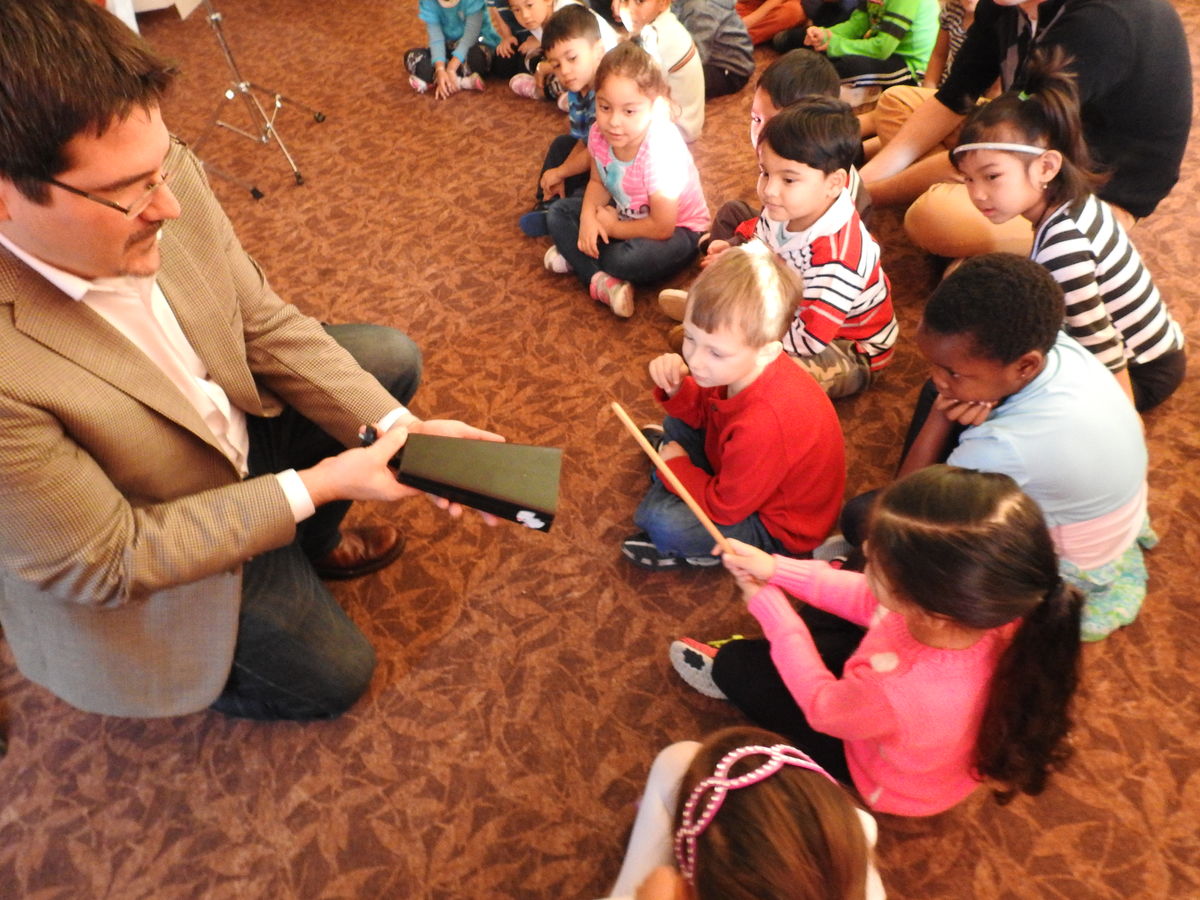
Under Weiser's leadership, the Erie Philharmonic has expanded its youth and educational programs. (Contributed photo)
The future
As Weiser and the Erie Philharmonic enter 2024, the partnership between them will soon end. Weiser recently accepted a new position with The Erie Community Foundation, which serves as the administrative umbrella for 800 charitable endowments in the Erie region. In his new role, he will continue to work to uplift the Erie region, which is exactly what he has done for nearly 10 years as the executive director of the Erie Philharmonic.
Weiser will start in this new position in mid-March, and as he prepares to leave the Philharmonic, one thing is for sure: he is certainly leaving the organization in better shape than he found it.
The Philharmonic continues to expand its youth and educational programs, and its outreach footprint has never been larger. Even bigger plans are ahead.
“We cannot say too much at this point, but expansion plans are in place, and these are ambitious expansion plans,” Weiser said.
Weiser has come a long way from when he was an aspiring musician attending Boyer College at Temple, but he has never forgotten where he came from. As his time with the Erie Philharmonic ends, he takes a moment to reflect on all the ways the organization worked to make a difference.
“We had a board meeting recently, and at the meeting I presented a thank you card that had been written by one of the students who attended one of our free youth concerts,” Weiser said. “The letter said, ‘Thank you so much for coming to play from me. You inspired me to learn violin, and I love it.’ That letter is only possible because of what we are doing.”
